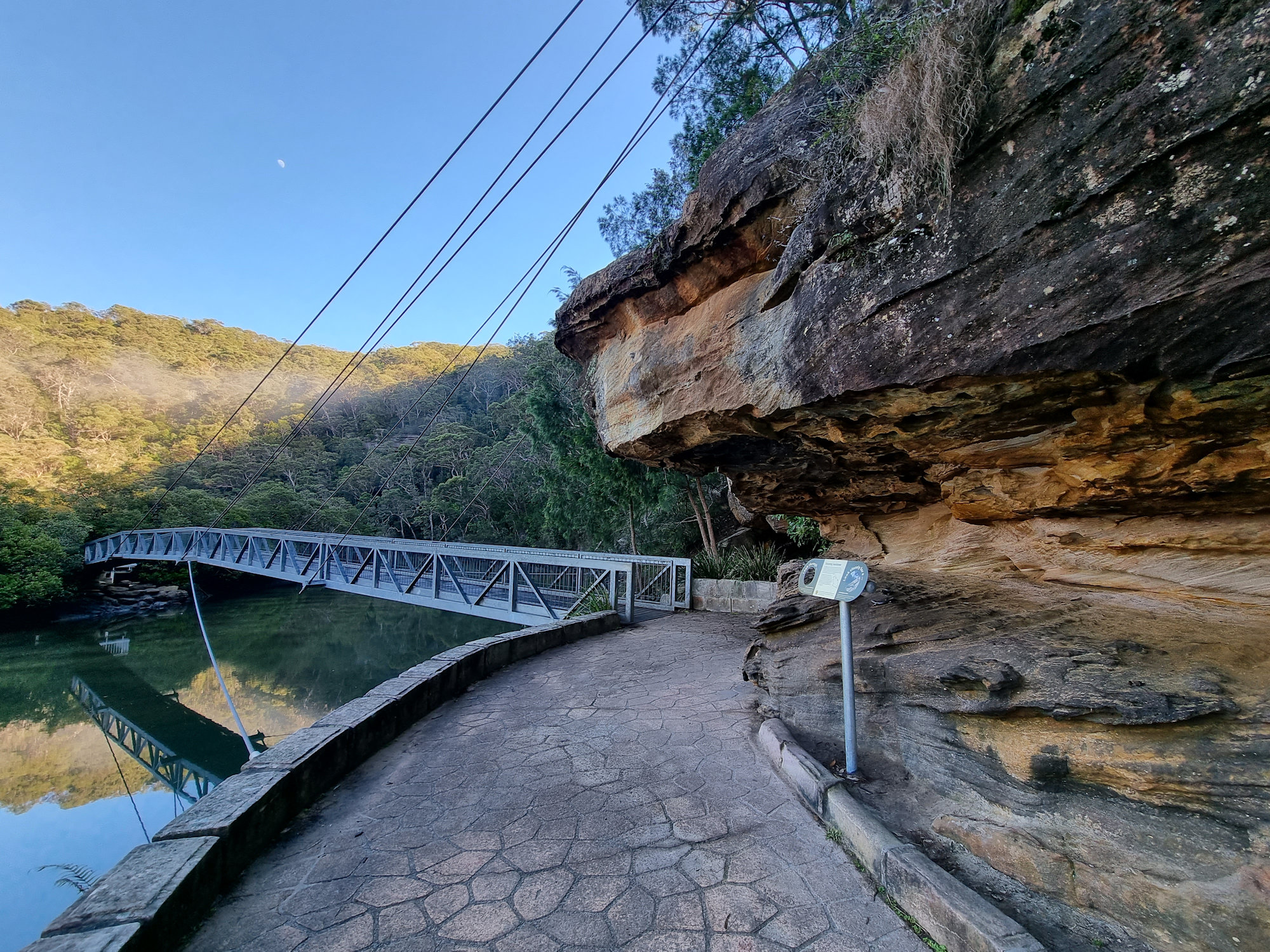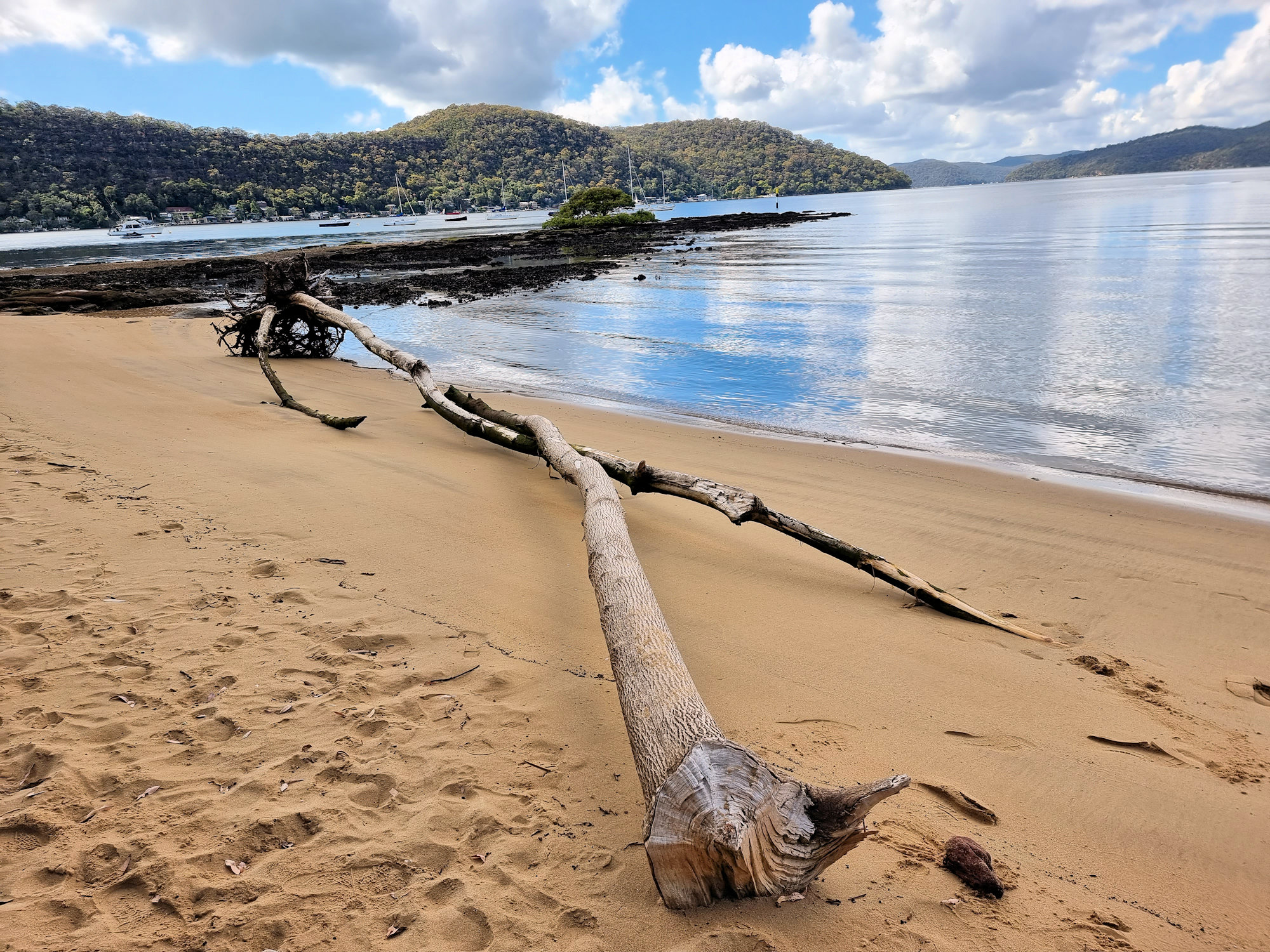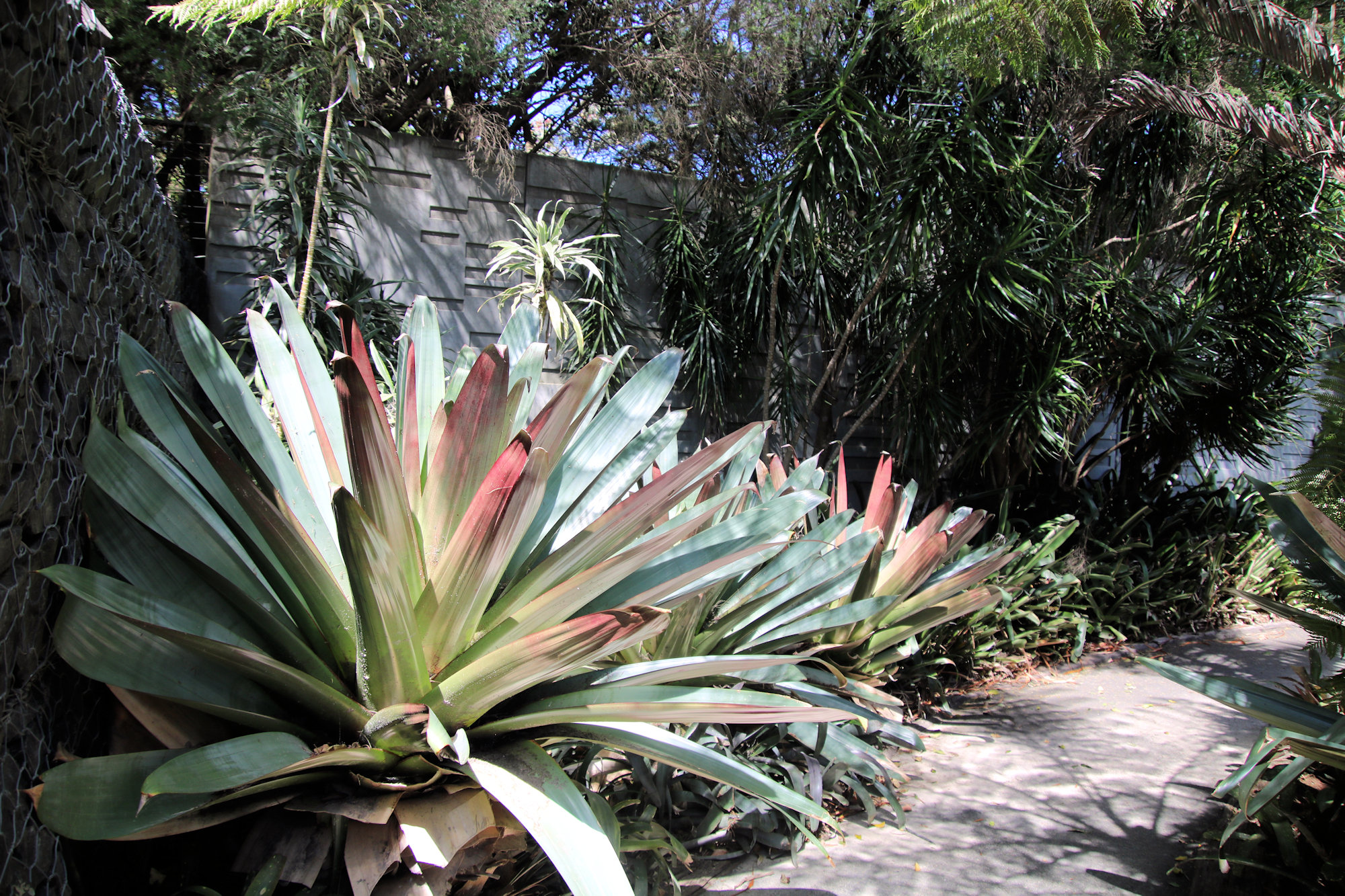Category: Central Coast
-
Bobbin Head Mangrove Boardwalk

Bobbin Head Mangrove Boardwalk Located in the Kuring-gai Chase National Park, access to the Bobbin Head Mangrove Boardwalk will cost $12.00 per car for a day. This will cover you for any other parts of the National Park you visit on that day too. The fee allows you to use the picnic areas and walking… Read more
-
Dangar Island and Brooklyn Ferry

Dangar Island The first European to visit the area was Governor Arthur Phillip, who explored the lower river by small boat in March 1788 within weeks of the First Fleet’s arrival. He named it Mullet Island, for the abundance of fish in the local Hawkesbury River. The island was purchased in 1864 and renamed by… Read more
-
Mount Penang Gardens

Mount Penang Gardens Located near Gosford on the New South Wales Central Coast, Mount Penang Gardens covers eight hectares of beautifully landscaped gardens. With twelve distinct garden rooms, the displays range from drought tolerant Australian natives to water lilies in the cascading wetlands area. Parking is available adjacent to the gardens and is currently being… Read more